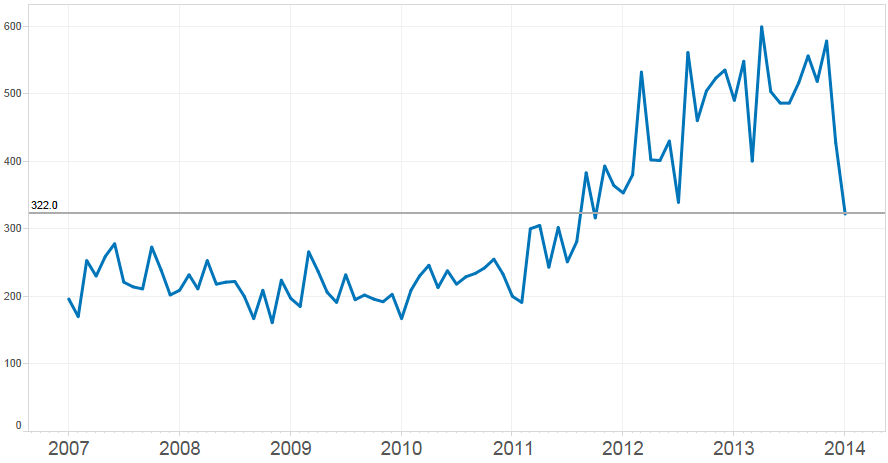Data In Action: Lex Machina Program Supports USPTO’s Patent Initiatives
New Capabilities Help Deliver on President Obama’s Executive Actions to Assist Recipients of Patent Infringement Demand Letters
 Today is an exciting day for Lex Machina, as we announce our efforts to support the American innovation community through a new initiative to provide free, […]
Today is an exciting day for Lex Machina, as we announce our efforts to support the American innovation community through a new initiative to provide free, […]

 Imagine if you could make a data-driven prediction about how opposing counsel, or a judge, or a party to litigation or a transaction, will behave. Or what results a specific legal strategy or argument will produce. Would you continue to rely exclusively on traditional […]
Imagine if you could make a data-driven prediction about how opposing counsel, or a judge, or a party to litigation or a transaction, will behave. Or what results a specific legal strategy or argument will produce. Would you continue to rely exclusively on traditional […]